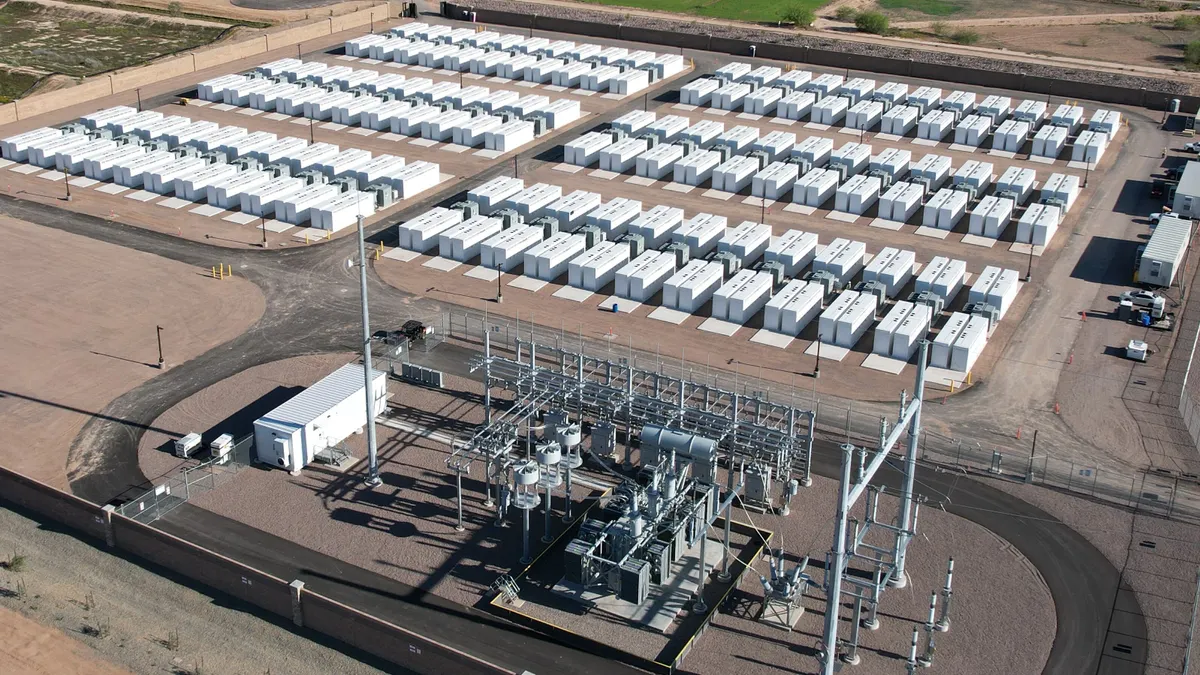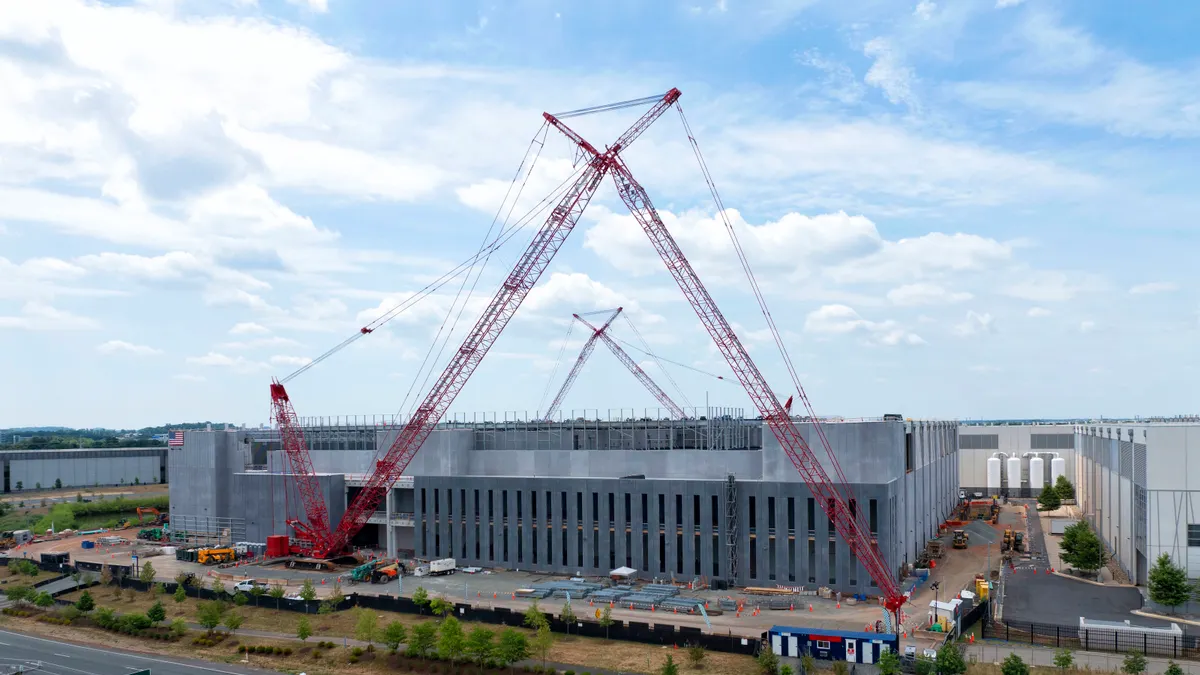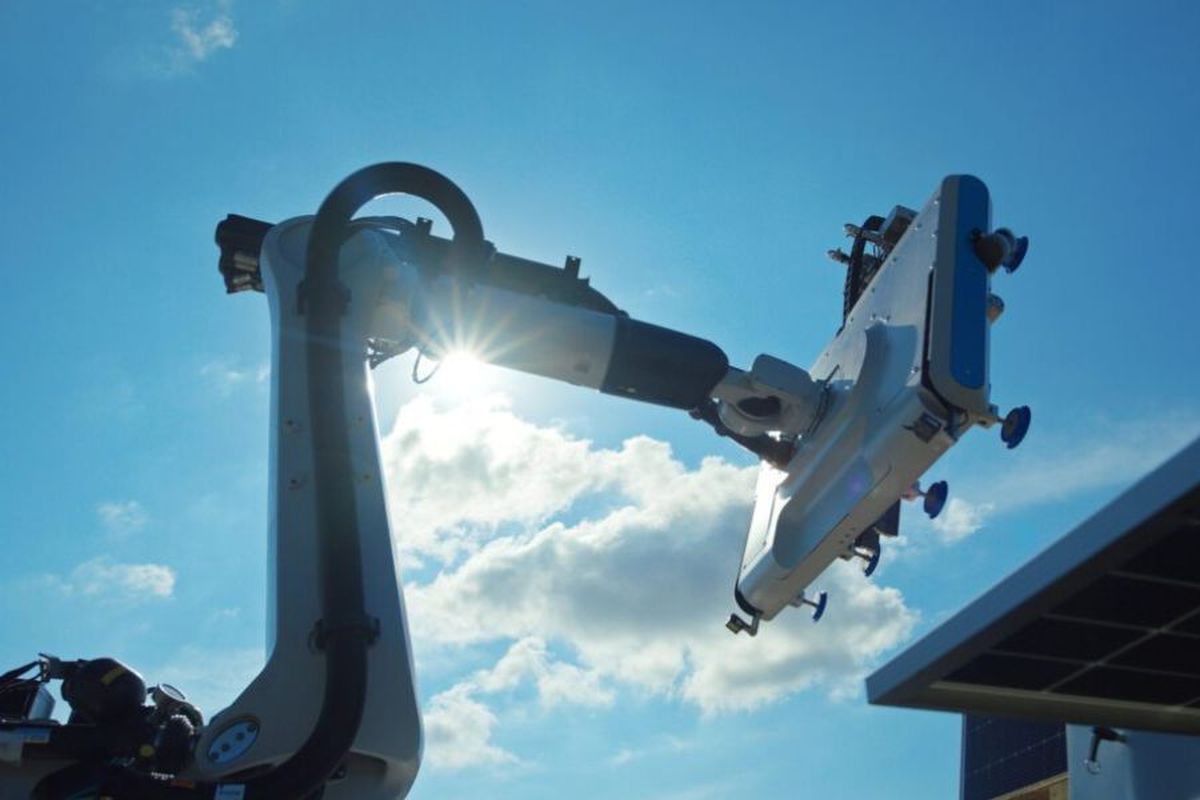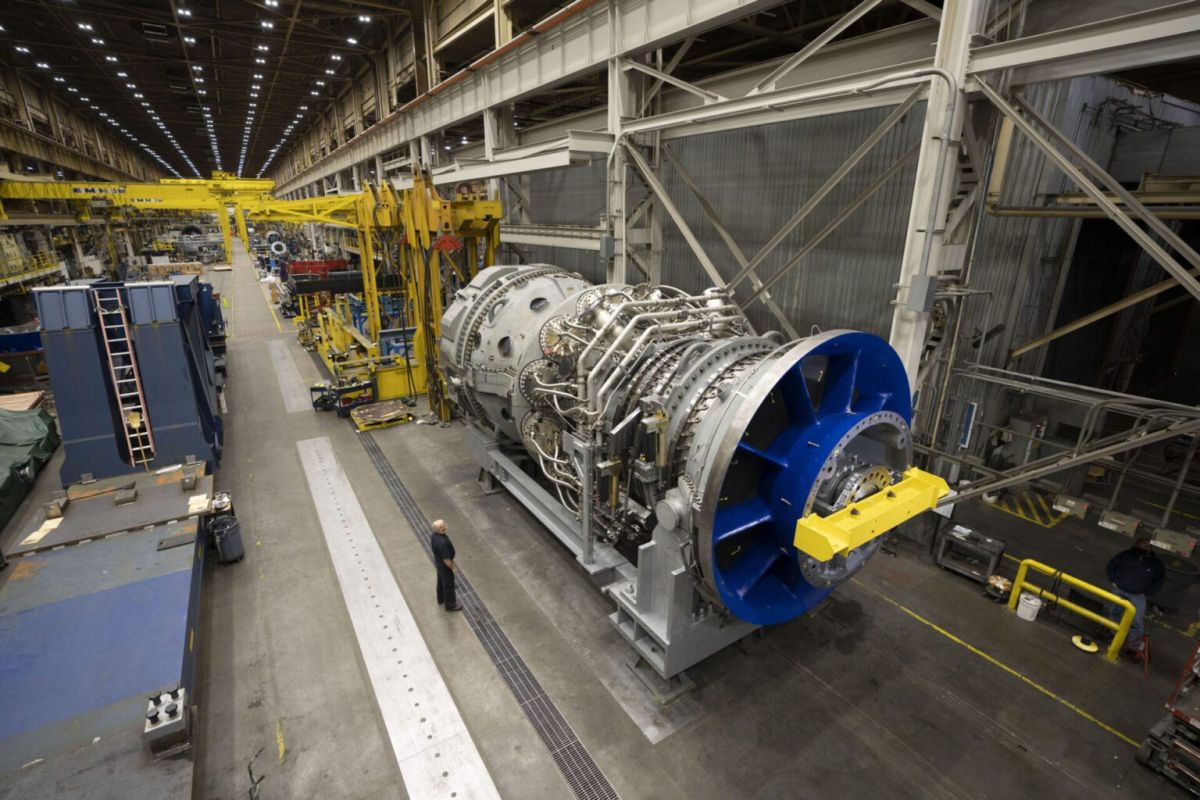WWW.ISONEWSWIRE.COM
When Patrick Boughan started at ISO New England in 2011, he could feel the power industry changing. Solar power and energy efficiency were taking off in the region as policymakers looked to reduce carbon emissions on the grid, an emphasis that has only grown in the years since.
“I feel like I came in at the moment where things stopped being more predictable and stationary,” said Boughan, supervisor of the ISO’s Economic Studies and Environmental Outlook team. “Now, we’re at a point where we’re throwing out all the assumptions we used to use in our studies.”
That concept was never truer than over the past two years, when Boughan led the group behind the Economic Planning for the Clean Energy Transition (EPCET) study, released in draft form in August.
EPCET is the latest in a series of ISO studies looking beyond the normal 10-year planning horizon at how New England’s power grid will handle significant changes to the generation mix along with increased consumer demand brought on by widespread adoption of electric vehicles and heat pumps.
“The trends that we’re looking at are so large, we need more than a decade to prepare for them,” he said. “So looking out further is necessary in order to eventually serve our primary job of maintaining system reliability.”
EPCET is just one of the many studies Boughan has worked on since he settled in with the ISO team focused on long-term economic analysis, combining his energy experience with personal interests in subjects such as city planning and affordable housing.
“I found a niche here at the ISO that blends those personal interests with my professional training and background,” said Boughan, who joined ISO New England after stints with the Federal Energy Regulatory Commission (FERC) and Nuclear Regulatory Commission (NRC).
Working with Boughan on the EPCET report was Ben Wilson, who joined the team in 2021 after graduating from Rensselaer Polytechnic Institute with a Master’s degree in electrical engineering.
Wilson served as the study’s main modeler, meaning he was responsible for determining and arranging the assumptions that would be analyzed through the use of sophisticated software. He found the role exciting coming so early in his career.
“I’m pretty young, pretty fresh out of school,” he said. “But I feel the work I’m doing is impactful and useful to the region. It feels innovative and groundbreaking.”
“I’m not sure where else I’d be able to do work like this,” he added.
For Wilson, one of the best parts of the EPCET process was getting to collaborate with others, both inside and outside the ISO. The team discussed the study’s assumptions and methodology, findings, and other details at more than a dozen public meetings of the public Planning Advisory Committee over the course of two years.
“Before we built and ran the models, we would go out to stakeholders and present our assumptions,” said Wilson. “We received a lot of stakeholder feedback both from the states and then other individual stakeholders in the community. It’s great to have a community of experts out there to provide feedback, to bounce ideas off of, and really help the overall strength and scope of the study.”
The team plans to run, and study, the same scenarios examined in EPCET every two years. This will allow the region to track progress toward meeting emission goals, making the on-going work a valuable asset throughout the entirety of New England’s clean energy transition.
“Our power system is going to change dramatically between now and 2050. It will be an entirely different system, both on the supply side and on the demand side,” said Wilson. “This is really the most revolutionary change that’s happened since the start of the power grid. It’s a very exciting time to be studying all of this.”













